
MY NEW GALLERY ASSOCIATION
I have consciously been doing fine art photos of aesthetically muscular female physiques for decades. I would quite often ask myself how a given image would look on the wall of a museum or gallery. Over time my photos have been exhibited in two museums, a half dozen galleries and been published in two fine art books. But although I always had faith that some day my work would be recognized by the fine art world, it has been a slow process getting the interest of collectors. After all, what I do is a brand new subject for art and collectible work depends almost totally on “perceived value.” That is, until somebody begins to buy and declare what value it has by doing so the rest of the market has little interest.
Fortunately, this seems about to change. I am now associated with the Artists Corner Gallery in Hollywood, CA and they seem determined to put my photographs on the fine art map. I am scheduled to be included in a number of group shows and to have a one man exhibition in the very near future.



The gallery will not only be representing my photos, but plans to blow a number of them wall size. I have always believed that many of my pictures would be most impressive on the largest scale possible. These women themselves are “larger than life” so presenting them this way seems most appropriate.
In any event, many have seen aesthetically muscular women as being no more than fetish objects, with no mainstream significance. I believe they are extremely important in what they tell us about the potential of the female body and the implications they create regarding gender identity, physical morphology, gender and sexual identity and so much more about out culture and its history.
Acceptance for these women has been slow. But perhaps when their bodies become accepted as the subject of art this will help to accelerate this acceptance and a recognition of what kind of important achievement these women represent.

NO DEFINITION OF “ART”
Of course, there is really no one accepted definition of art any more than there is for sport, which has had many definitions over time and is still subject to debate. But almost any definition would include the ability of creative efforts to affect how people perceive, to change how they think, to alter the concepts of reality, their perceptions and their pre-conceptions. Art is art to the degree that it does something. Has an affect on the viewer and culture.
Robert Hughes, former art critic at “Time” magazine, points out the degree to which art used to be able to provoke outrage and instigate social change but the extent to which it has now lost it’s power to shock. Nowadays, we are so bombarded with images from the print media, television and film that it’s rare that a picture engenders very much reaction at all.
Even the homoerotic photography of Robert Mapplethorpe and the religious iconoclasm of Joel-Peter Within are no exceptions. The controversy over these works involved the use of tax dollars to underwrite art exhibitions in which they were shown, not the photographs themselves.

Brigita Brezovac
RESISTANCE TO FEMALE MUSCLE
I had an occasion to consider this a few years ago when I was preparing my first one-man photo exhibition. I brought in some photos of female bodybuilders to a local shop to be mounted and framed. But whenever I did this, the woman doing the work couldn’t resist saying something negative about the women in the pictures. She hated their bodies, she told me. They were disgusting. They looked like men.
I was irritated at first, but then it occurred to me how unusual it was that these photographs had such a power to provoke this kind of response. My photos made this woman so uncomfortable, so angry, that she had to speak out even though she wanted me as a customer. It was as if she couldn’t help herself. And the more I thought about it the more I was convinced that the female bodybuilding physique constituted a unique and powerful subject for serious art photography.
(Although the most example of the aesthetically developed muscular female body, I am also including other female athletes and fitness and figure competitors, all of whom do some sort of bodybuilding training to develop their muscles.)

THE MOST TRADITIONAL OF SUBJECTS
The female body itself has always been one of the most popular of artistic subjects. A great many very talented artists have worked at depicting the female body in many ways for a very long time. So being able to come up with an almost totally new approach to a subject with such a long history and tradition has to be considered an incredible opportunity.
In the past, depictions of the female body have taken a number forms – including fertility symbols (The prehistoric Venus of Willendorf), the Odalisque harem girl, a symbol of patriotic fervor, a Madonna. But not women with athletic bodies comparable to that of Greek statues or Michelangelo’s David.
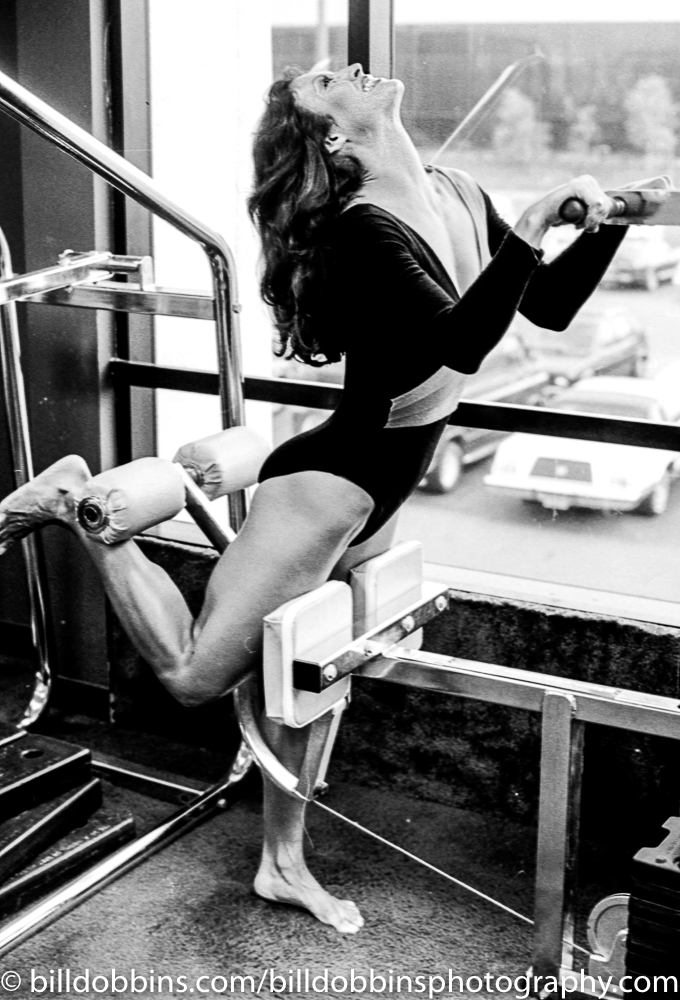
So the muscular female body evokes all kinds of associations that the more traditional form of the female body does not. It celebrates contradictions and challenges categories. It can be appear sensual or explicitly sexual. Or so strange and distorted as to seem totally asexual. Often, it presents an almost-familiar version of the more familiar female shape, but instead of the soft roundness we have come to expect, that shape is derived from muscle, which creates planes and angles continuously surprising in their construction.
This sculptural quality of the bodybuilding-type physique is what makes it so special to photograph in a meaningful way. Much of what gives the muscularity aesthetic body its impact is lost in the translation from three dimensional reality to the flat plane of the photograph. For example, there are certain poses and angles from which to view the body that more easily give the illusion of three-dimensions. I remember a scene in a movie about the sculptor Rodin in which he was shown taking hold of a reclining model and twisting her this way and that, pulling a knee up, and arm down, trying to find just the right pose that expressed what he wanted to show about the body. Finding the most effective poses in which to photograph bodybuilders involves a process very much like this.

PHOTOGRAPHY MEANS PAINTING WITH LIGHT
Along with creating appropriate poses, lighting is also extremely important. The way light falls on the body, and the resulting combination of specular highlight, highlight and shadow can either reveal or obscure form, depth and physical detail. I remember reading how, in the early days of photography, Edward Steichen shot a series of photographs of an egg, changing the lighting with each shot, to see how different angles and intensities of light affected the ovoid form. To a large degree, that kind of exercise is the essence of what it takes to create a sculptural photograph of a bodybuilding physique.
Because the techniques involved are so specialized, very few people have actually seen good photographs of bodybuilders. What they have seen instead are photographs of good bodybuilders, and that’s a very different matter. For example, a number of excellent photographers have shot both female and male bodybuilders in the past, including the likes of Helmut Newton, Robert Mapplethorpe, Herb Ritz, Greg Gorman and Bruce Weber. But in most of their pictures it’s the incredible bodies in front of the lens that create the major interest, rather than how those bodies are shot. It’s the subject, not the picture, in the same sense you can have a picture of a beautiful woman that is not in itself a beautiful picture.
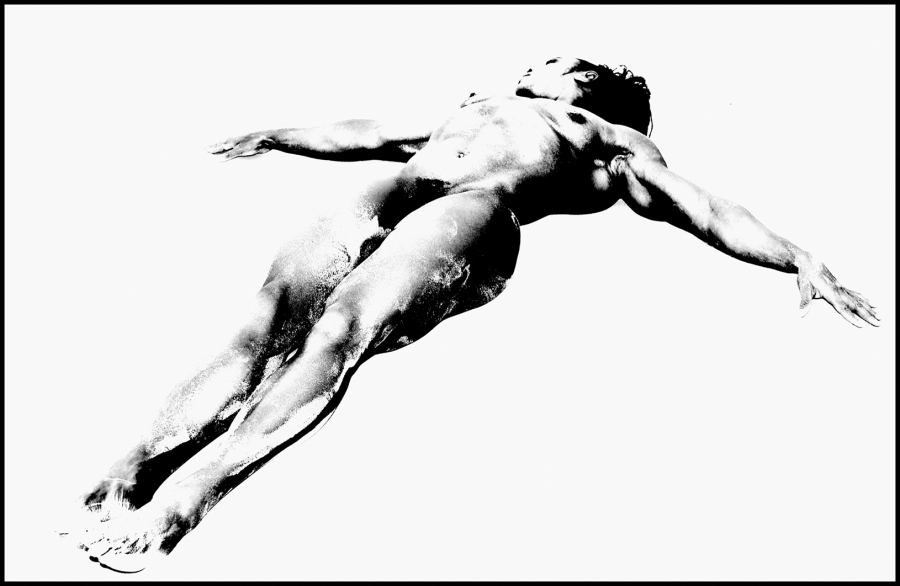
The problem with photographing bodybuilders comes down to the nature of vision itself. We don’t “see” with our eyes. Rather, perception is a matter of the brain receiving, analyzing and interpreting visual information received and out of all this input creating the illusion that what we are seeing is “out there” rather than “in here.” Perception is built up in layers. The first time we see something we are likely to get no more than a general impression of what it’s like; over time, as we receive and process more and more visual information, our mental picture of what we’re looking at becomes more complete and we become much more aware of the subtle details.


WE SEE WHAT WE BELIEVE
The fact that knowledge comes before perception is why it is so difficult for most people, photographers included, to fully apprehend a fully-developed bodybuilding physique on first acquaintance. In fact, I went through this experience myself. I had just moved to a house in Venice, California, only a block away from the original Gold’s Gym. I was eating lunch at a local restaurant one day when a group of four or five bodybuilders came in and sat down at the next table. If I saw those same individuals today I could not only tell you who they were, but what kind of shape they were in. But the experience was so overwhelming at the time that none of the details registered. They were just too out of scale for the situation. Larger than life. They simply registered as a group of huge bodies. I simply didn’t know enough to make sense out of what I was seeing.
Learning to see bodybuilders properly took time, as did developing the skills needed to photograph them. But, oddly enough, it was seeing my own photographs that allowed me to fully appreciate what these champions had achieved. I remember walking around a gallery just after my exhibition photos had been hung and suddenly realizing what these pictures were about and what it was about the bodybuilding physique that made it such a fascinating subject. Until then, I’d been too busy shooting day to day to step back and think about what I’d accomplished and what my particular point of view on the subject had become.
But one of the attributes of art is that it can educate viewers as to how to see and what to think about images they are exposed to. I can train the eye and the mind to absorb new experiences. So instead of needing years of exposure to these bodies in order to appreciate them, a lot of people were able to pick up on what the bodybuilders had and were trying to accomplish just by looking at my pictures. In that sense, my photos were actually teaching them how to look at muscular bodies.
A NEW ARCHETYPE
But this is proven to be harder to do when it comes to female bodybuilders than it is with the men. Pumping Iron author Charles Gaines has called the female bodybuilding a new archetype. For thousands of years, no culture in the world has had a concept of women with this kind of body. That’s a lot of history to overcome. “I’ll believe that when I see it,” goes the familiar expression. But that’s not really how people’s minds work. Since the brain actually constructs perceptual reality as it does along, seeing something new, unexpected or something that contradicts reality as you’ve always accepted it is not that easy. “I’ll see that when I believe it,” should really be the operative phrase.
We all accept the idea of men with muscles. It doesn’t require creating any new conceptual categories. Whether you like muscular bodies on men or not, this type of physique doesn’t violate our basic sense of how the world is supposed to be. The muscular, female physique is something else. It doesn’t fit with most people’s idea of “how things are supposed to be.” Since there are virtually no images of muscular women in all of history, these bodies are not simply a variation of something that has gone before. These bodies are, in fact, a contradiction, even an attack, on our sense of reality. This is why a change in “believing,” or perception, has to precede an alteration of vision.

One group that found is easiest to appreciate this kind of body and quickly became allies and supports of female bodybuilders were men for whom strong, muscular women had always been a sexual turn-on. They had spent their lives being attracted to female athletes and Amazons of various sorts and the emergence of women with highly-developed, bodybuilding physiques was a godsend. But these individuals (men and women) are often less interested in seeing a balanced, symmetrical physique than in images juxtaposing extreme muscularity and conventional femininity (such as a woman with muscular cavles wearing a tight a mini-dress and high heels), the modern equivalent of pin-up (and bondage) queen Betty Page in the 1950s.
BODYBUILDING IS BODYBUILDING
There were a few of us in the early days of the sport who became admirers of these women, not because we had any special attraction to muscular bodybuilders, but because we were bodybuilding fans. In fact, although I’m aware that it frequently takes people quite a while to develop an appreciation of these incredible bodies, I never found this to be a problem. They were bodybuilders, I knew what bodybuilding was, how to look at a bodybuilding physique, and the fact that these were female physiques rather than males simply made the exercise more interesting, not more difficult.
I think this relative objectivity on my part has helped immensely in finding the best ways to photograph women bodybuilders. Although I have never had a special personal or sexual preference for muscular women, it’s not hard to find the more aesthetic among them attractive. And for someone who likes and appreciates the bodybuilding physique in general, there is a great deal to admire in what these women have accomplished.
However, although bodybuilding is bodybuilding, whether men or women are doing it, that doesn’t necessarily mean that male and female bodybuilders look the same or can be best photographed using the same approach. These women may look huge, and they are in comparison to most other women, but compared to male bodybuilders they are tiny. The men I shoot often outweigh the women by 100 pounds or a lot more. The men are often so big, thick and dense that they can be photographed from angles and in poses in which the women would virtually disappear.
It is also a fact that men and women, bodybuilders or not, have different physiologies and structures, and we tend to view them very differently as well. For example, women bodybuilders tend to pose in competition using a lot of graceful dance or gymnastics moves that would look silly (or effiminate) if a man did them. But many male bodybuilders are able to win contests with very little regard to aesthetic presentation of their physiques, simply using the basic poses to show off their developmental superiority.
In the same regard, while it is easier to capture the mass and muscularity of male bodybuilders in a photo because of their greater size and thickness, it is easier to include a greater variety of poses, costumes and props when photographing the women. There is a larger and more varied store of acceptable cultural images of women to refer to. And in modern culture, where homo-erotic images still have restricted acceptance, there the possiblity of including images that are much more overtly sexual.
But the basis of all this is still these extraordinary physiques, and the problem both for the observer in general and the photographer in particular is learning to appreciate the aesthetic qualities of these bodies with the knowledge and expertise of the connoisseur. As with appreciating most art forms, the more you know the more you get out of the experience.
TEACHING VIEWERS TO SEE AND APPRECIATE
My role as a photographer, I believe, is to facilitate the development of that appreciation. As such, it isn’t enough to simply document what these bodies look like. A photograph is an abstraction, and there is always a choice to be made with abstractions as to what to include and what to leave out. Photos don’t lie or tell the truth; they simply are what they are.
In terms of art, the hyper-muscular physique can be highly aesthetic. But it isn’t art. The art is created when a photographer creates the appropriate image of a particular body. That’s why bodybuilding photography, as I see it, is rare in that it is an artistic interpretation of another aesthetic creation. I make a conscious effort to use the techniques at my disposal to intensify the experience of looking at these bodies. To create a graphic representation of form and detail that increases the visual impact of these bodies to the maximum degree possible. To make the experience of looking at these women sufficiently powerful that the viewer is able to apprehend what the female bodybuilding physique is all about virtually at a glance.
But the work I do is essentially collaborative. It is entirely dependent on the creative, sculptural efforts of the female bodybuilders themselves. I can only shoot the bodies they bring with them to my studio or on location. But there is a feedback mechanism at work as well. When these women see my pictures, this often changes the perception they have of themselves. After all, what they normally see of their own bodies is just a reflection in a mirror or an illustrative-type photograph. Most of them, in effect, have never seen what they really look like, in a truly artistic sense. They are rarely able to fully appreciate what they’ve been able to accomplish. So the best complement I can receive from a bodybuilder is, “Wow, I didn’t know I looked like that!”
I have had many subjects who changed the way they posed and presented themselves or even how they trained and dieted after seeing themselves in my photos. Many poses made up in the studio for a photo shoot have made their way to the stage as part of a competitor’s posing routine.
So just as women have been inventing what is in effect a new kind of female body as they go along, I have attempted to create new ways of photographing them in an attempt to keep pace. One thing being around this sport has taught me is how quickly the shocking becomes the so-what. We live in an age of constant novelty in which change has become the expected. In which the extreme quickly becomes the commonplace. Nowadays, a lot of female fitness competitors, considered attractive and not too developed, are more muscular than the early female bodybuilders who were subject to criticism for “looking too much like men.”
Today’s extreme and freaky music becomes tomorrow’s elevator music. The avant-garde slides into old-hat familiarity. Hyper-muscular women will eventually become just another element of the culture. Like Opera, these bodies will be accepted and appreciated, even if they never attract a huge fan base.

That’s why I am rarely upset when somebody tells me my photographs go too far, or that the women in my pictures are too “freaky.” This is no more than a passing phase of history. My view is that if anything new looks too much like art, it probably isn’t. It’s just artsy. Even Impressionist paintings, now accepted by the most mainstream of taste, were once considered dangerous and threatening by the mainstream art establishment. As they say, it would hardly be a revolution if everyone agreed with you at the beginning.
As the the Red Queen told Alice, nowadays you have to keep going faster and faster just to stay in the same place.
BILL DOBBINS PHOTOGRAPHY & MOTION
www.billdobbinsphotography.com
www.billdobbinsart.com
www.billdobbins.com
www.billdobbins.net
www.billdobbinsnudes.com
BOOK YOUR OWN PHOTO SHOOT WITH BILL DOBBINS
IN HIS LOS ANGELES STUDIO OR ON LOCATION
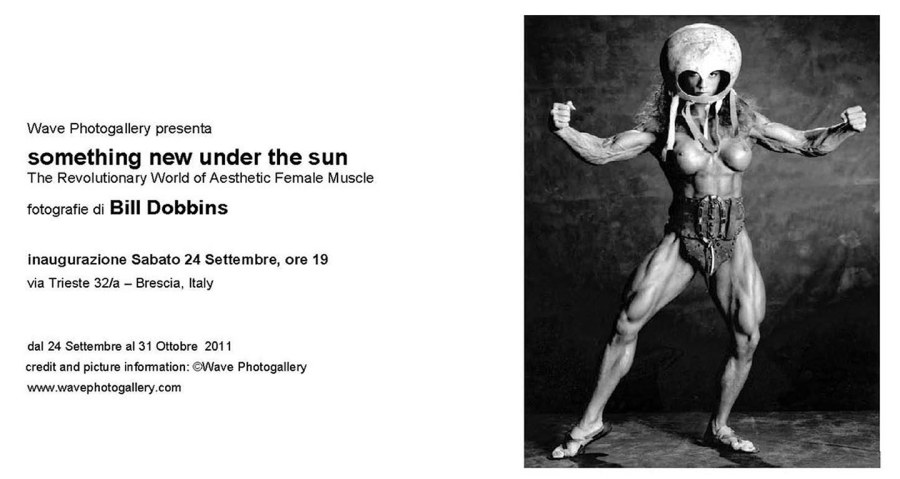
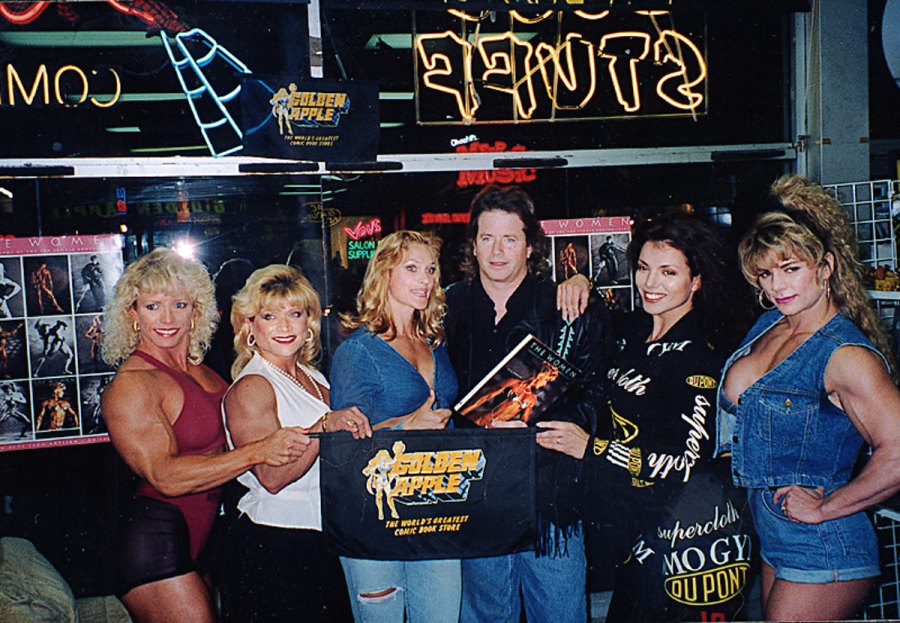

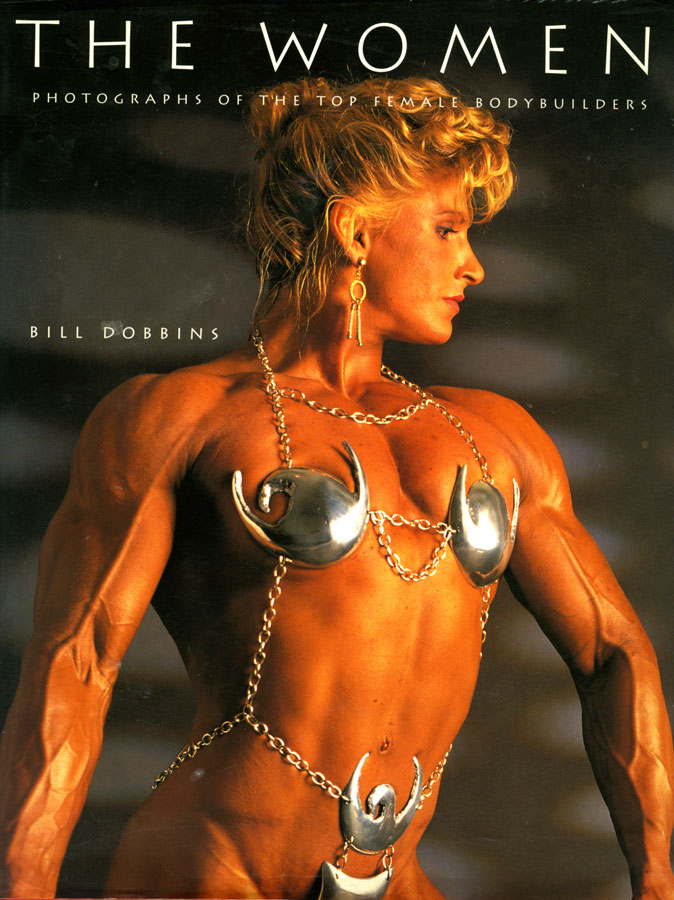















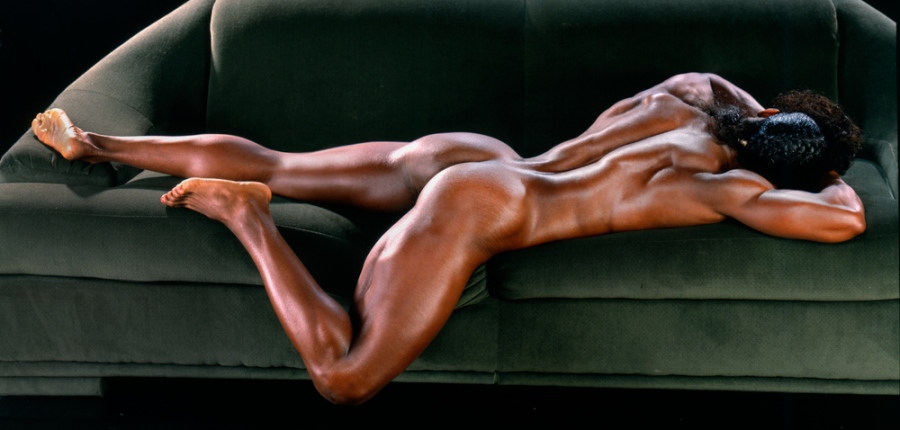


I’m one of your FB friends and really admire your work and your professionalism.
Hurrah, that’s what I was seeking for, what a stuff!
present here at this webpage, thanks admin of this website.
[…] THE FEMALE PHYSIQUE AND ART | Bill Dobbins Photo – Dayana Cadeau NO DEFINITION OF “ART” There is really no one accepted definition of “art,” any more than there is for sport. But almost any definition would include …… […]